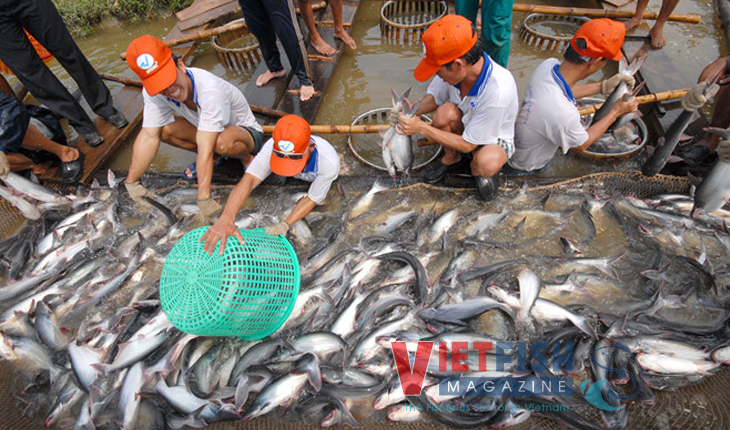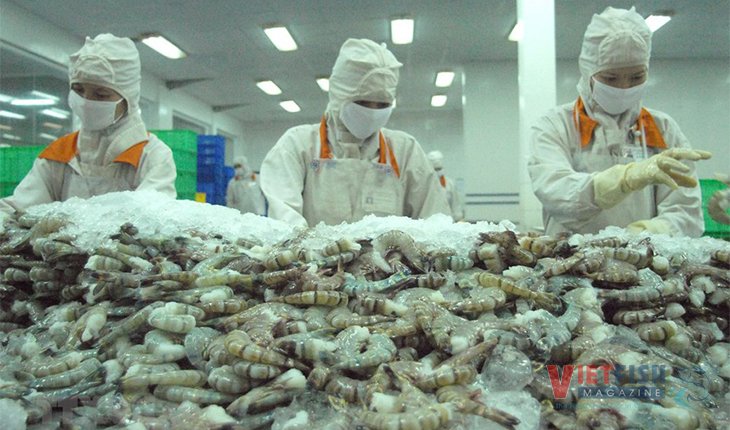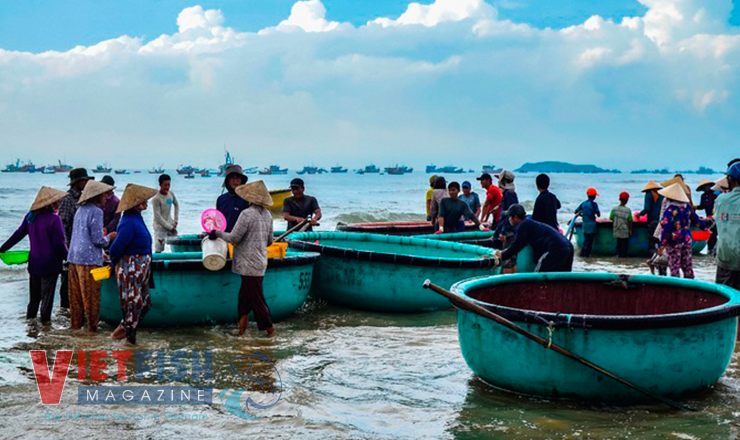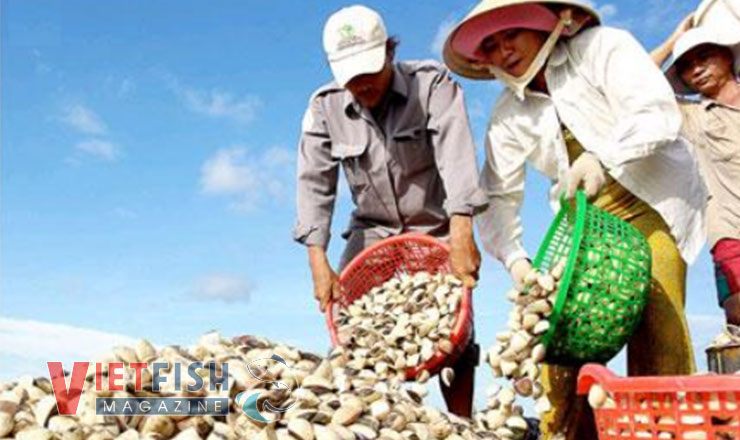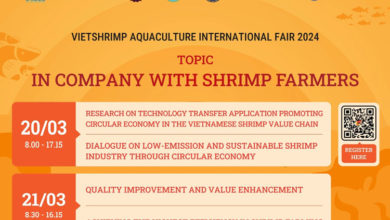Initial success in sea worm farming

As natural sea worm is in the danger of going extinct due to over exploitation, domestic scientists study and pave the way for sea worm production by artificial propagation.
Extinction
Twenty-one species of sea worm have been known to Vietnam, usually in tidal flat and sub-tidal flat in Quảng Ninh, Hải Phòng, Quảng Nam, Phú Yên, Khánh Hòa, Côn Đảo and mangrove forests in Cần Giờ, Bạc Liêu, Sóc Trăng, Bến Tre, Cà Mau. Sea worm exploitation has become traditional occupations in many areas and developed rapidly due to increasingly high demand of local consumption and export. However, over exploitation has bad impact on resources of sea worm, growth of other species and coastal ecosystem.
On November 05, 2011, Ministry of Agriculture and Rural Development issued a Circular No.01/2011-BNNPTNT in which sea worm is listed in vulnerable species that need to be protected, restored and developed. Local authorities, accordingly, come up with solutions to protect sea worm like regulations on specific time to exploit and separate areas to manage, and awareness building in resource exploitation and protection.
Artificial propagation
Artificial propagation of sea worm is initially bringing success, paving the way for commerical production. In recent years, Research Institute for Aquaculture No.3 in Khánh Hòa has studied successfully “process of artificial propagation and commercial production of sea worm”. After being instructed, local farmers have achieved some good results.
Project “Study for process of artificial propagation of sea worm in Quảng Ninh” carried out from July 2015 to December 2017 by a team of College of Aquaculture and Technical Economic (Bắc Ninh) has initially made sea worm resources restored and developed a new occupation for residents with high economic value.
Lecturer Nguyễn Văn Tuấn in the College and leader of the project says “we have gathered 700,000 young sea worm (2cm-3cm/pcs) and hope to satisfy farmers’ demand. The team produces commercial sea worms from artificial ones in testing stations; those sea worms weigh up to 350-400 pcs/kg (4-6cm/pcs) like natural ones. We also find out suitable feed for sea worm larva”.
According to Tuấn, success of sea worm artificial production will create an occupation in Quảng Ninh and some coastal provinces like Khánh Hòa, Phú Yên, Bà Rịa Vũng Tàu. Residents will have jobs and raise their income. Besides, natural sea worms will be protected and marine resource be conserved. Sea worm is suitable for polyculture in order to reduce environment pollution in farming ponds.
VFM


